Mastering the art of drip coffee is a delightful journey that begins with a simple yet crucial choice: the water you use. Many coffee enthusiasts might overlook this essential ingredient, but the truth is, water plays a significant role in the extraction process, influencing the taste and aroma of your brew. Join me as we dive into the world of drip coffee, uncovering how the right water can elevate your coffee experience to new heights.
Understanding the basics of the drip method is just the tip of the iceberg. This brewing technique has a rich history and cultural significance that connects coffee lovers around the globe. By exploring the origins and evolution of drip coffee, you’ll not only appreciate each cup more but also gain insights into how different cultures have influenced coffee preparation.
In this article, we’ll also share practical tips and techniques to achieve the perfect cup of drip coffee at home. From selecting the best water to optimal brewing temperatures and grind sizes, you’ll find everything you need to elevate your coffee game. So, grab your favorite mug, and let’s embark on this flavorful adventure together!
- Discover how water quality affects the flavor of your coffee
- Learn about the best types of water for brewing
- Get tips for perfecting your drip coffee technique at home
The Charm of Drip Coffee
Basics of the Drip Method
When it comes to brewing coffee, the drip method offers a unique charm that many enthusiasts adore. Understanding the basics is essential for anyone looking to master this technique. At its core, the drip method involves pouring hot water over ground coffee, allowing the water to extract flavors as it passes through. This process can be as simple or as intricate as you want it to be, making it suitable for both beginners and advanced brewers.
One key factor to consider in the extraction process is the water temperature. Ideally, water should be between 195°F and 205°F for optimal flavor extraction. This temperature range helps to dissolve the coffee’s oils and aromatic compounds, creating a balanced and delicious cup. Additionally, the grind size of the coffee beans greatly impacts the extraction time. A coarser grind might require a longer brew time, while a finer grind usually leads to quicker extraction.
Moreover, the quality of water cannot be overlooked. Using filtered water can make a noticeable difference in your brew. Tap water, depending on its mineral content and treatment, may introduce unwanted flavors. So it’s worth investing time in figuring out the best water for your drip coffee setup.
- Ideal water temperature for extraction: 195°F to 205°F
- Importance of grind size: coarser vs. finer
- Benefits of using filtered water
History and Culture of Dripping
The history of drip coffee is as rich as the beverage itself. This brewing method has its roots in the early 20th century, where it became popular in Europe and later spread to America. The invention of the coffee filter marked a turning point, making it easier to brew coffee without the residue of grounds. This innovation not only simplified the process but also contributed to a cleaner cup, which many coffee lovers cherish.
Culturally, drip coffee has woven itself into the fabric of daily life in various countries. In places like Japan, the meticulous art of pour-over coffee is celebrated, where baristas showcase their skills by carefully controlling every aspect of the brewing process. On the other hand, in the United States, drip coffee is often associated with the fast-paced lifestyle, providing a quick and convenient option for those on the go.
As we explore the different cultural practices surrounding drip coffee, it becomes clear how this brewing method adapts to local preferences. Whether it’s the communal experience of sharing coffee in a café or the solitary joy of enjoying a cup at home, drip coffee continues to connect people across the globe.

For those who are eager to explore more about coffee brewing techniques, you might find our article on Discover How to Brew Hand Drip Coffee! Easy Tips for Beginners to Enjoy a Delicious Cup particularly useful. This guide offers easy-to-follow tips that will elevate your coffee experience, whether you’re just starting out or looking to refine your skills further.
- Origins of drip coffee in early 20th century Europe
- The impact of the coffee filter on brewing
- Cultural significance in Japan vs. the United States
- The communal vs. solitary experience of enjoying coffee
Choosing Water: Its Importance
How Water Quality Affects Flavor
When brewing drip coffee, the quality of water is a game changer. Water isn’t just a medium; it’s the foundation of your coffee’s flavor. If you’ve ever tasted a cup of coffee that didn’t quite hit the spot, the water used might be the culprit. Tap water can carry minerals and chemicals that alter the taste, while filtered water enhances the coffee’s natural characteristics.
The minerals in water, like calcium and magnesium, can impact the extraction process. These minerals help dissolve the coffee oils and acids, which are essential for a rich flavor profile. On the flip side, using water with too many impurities can lead to a flat or off-tasting cup. So, investing in good quality water could be as important as choosing the right beans.
In essence, the right water brings out the best in your coffee. By selecting high-quality water, you’ll make a noticeable difference in your brew. Paying attention to this often-overlooked aspect can lead to a more enjoyable coffee experience.
- Water quality directly influences flavor extraction
- Tap water may contain unwanted chemicals
- Filtered water enhances coffee’s natural taste
Best Types of Water
Now that we understand how crucial water quality is, let’s explore the best types of water for brewing. Ideally, you want to use filtered water, which removes many of the impurities found in tap water. This ensures that the natural flavors of the coffee shine through without interference.
Another excellent option is bottled spring water. It typically has a balanced mineral content that complements coffee well. However, avoid distilled water, as it lacks essential minerals needed for optimal extraction. Remember, the goal is to find a water type that enhances your coffee rather than detracting from it.
Ultimately, experimenting with different water sources can be a fun part of your coffee journey. By discovering what works best for you, you’ll elevate your drip coffee experience to new heights.
- Filtered water is ideal for brewing
- Bottled spring water is a good alternative
- Avoid distilled water for coffee brewing
Techniques for Perfect Dripping
Optimal Temperature and Brewing Time
Perfecting your drip coffee isn’t just about selecting the right water; it also involves mastering the temperature and brewing time. These two factors play a significant role in the extraction process, ultimately influencing the flavor profile of your coffee. Ideally, you want to brew your coffee at a temperature between 195°F and 205°F. This range allows for the extraction of the coffee’s essential oils and aromatic compounds without scorching the beans.
Timing also matters. The ideal brewing time for drip coffee typically ranges from 4 to 6 minutes, depending on your grind size and the type of coffee you’re using. A longer brew time can lead to over-extraction, resulting in a bitter taste, while a shorter time might under-extract the flavors, leaving you with a weak cup. Therefore, finding that sweet spot is key to achieving a balanced and enjoyable brew.
As you experiment with your brewing techniques, keep a close eye on both the temperature and the time. Adjusting these variables can lead to significant changes in flavor, so don’t hesitate to tweak them until you find your perfect cup.
- Ideal brewing temperature: 195°F to 205°F
- Optimal brewing time: 4 to 6 minutes
- Adjust temperature and time for flavor balance
Grind Size and Its Impact
Now that you have a grasp on temperature and brewing time, let’s talk about grind size. This often-overlooked aspect can dramatically impact the extraction process and, in turn, the flavor of your coffee. The grind size affects how quickly water interacts with the coffee grounds. Finer grinds have more surface area in contact with water, which can lead to faster extraction. However, if the grind is too fine, it might result in over-extraction, giving your coffee a bitter taste.
Conversely, a coarser grind allows for slower extraction, which might lead to a weaker flavor if brewed for too short a time. It’s all about balance. For drip coffee, a medium grind is generally recommended, but you may want to experiment with slightly finer or coarser grinds to see how they affect your brew.
In addition to affecting flavor, the grind size also influences the visual appeal of your coffee. A uniform grind helps ensure even extraction, which can enhance both the aroma and taste. So, investing in a good grinder can make a world of difference.
Remember, perfecting your grind size is part of the fun of brewing coffee at home. Each small adjustment can lead to new flavors and experiences, so don’t hesitate to explore!
- Grind size affects extraction speed and flavor
- Finer grinds can lead to over-extraction
- Coarser grinds may result in weaker coffee
- A uniform grind enhances aroma and taste
Enhancing Your Home Coffee Experience
Choosing the Right Equipment
As we continue our exploration of drip coffee, let’s talk about the tools that can significantly elevate your brewing game. Selecting the right equipment is just as important as the water quality and the coffee beans you choose. A good drip coffee maker can make a world of difference, ensuring consistent temperature control and even extraction for every cup.
Look for a coffee maker that allows you to adjust the brewing temperature, as this can impact the extraction process and ultimately the taste of your coffee. Additionally, consider investing in a coffee grinder if you haven’t already. Freshly ground coffee beans release their flavors more effectively, giving you a richer and more aromatic cup. A burr grinder is often preferable to a blade grinder, as it produces a more uniform grind size, which contributes to even extraction.
Lastly, don’t overlook the importance of coffee filters. The type of filter you use can affect the flavor of your brew. Paper filters tend to produce a cleaner cup, while metal filters allow more oils to pass through, resulting in a fuller-bodied coffee. Experimenting with different filters can help you find the perfect match for your taste preferences.
- Invest in a quality drip coffee maker with temperature control
- Use a burr grinder for a consistent grind size
- Experiment with different types of coffee filters
Storage Tips and Bean Selection
Now that you have the right equipment, let’s dive into how to choose and store your coffee beans. The type of beans you select can greatly influence the flavors in your cup, so it’s worth taking some time to explore different varieties. Whether you prefer a light, medium, or dark roast, always look for freshly roasted beans. The flavor profile can change significantly as coffee ages, so aim for beans that have been roasted within the last few weeks.
Storage is equally important. To keep your coffee fresh, store it in an airtight container away from light, heat, and moisture. A dark, cool place like a pantry is ideal. Avoid storing coffee in the refrigerator or freezer, as this can introduce moisture and affect the flavor. Instead, buy smaller quantities more frequently to ensure you’re always brewing with fresh beans.
By carefully selecting your coffee beans and storing them properly, you’ll enhance the overall quality of your drip coffee. These small steps can lead to significant improvements in flavor, making each cup a delightful experience.

If you’re looking to delve deeper into the world of coffee, you might find it beneficial to check out the article titled Your Ultimate Guide to Enjoying Coffee: From Beans to Tools for Beginners!. This piece offers an in-depth exploration of choosing coffee beans and the essential tools for brewing, making it a great companion to enhance your coffee journey.
- Choose freshly roasted beans for the best flavor
- Store coffee in an airtight container away from light and moisture
- Avoid refrigerating or freezing coffee beans
Summary
In this journey through the world of drip coffee, we’ve uncovered the essential elements that contribute to crafting the perfect cup. From the pivotal role of water quality in flavor extraction to the intricate balance of temperature and brewing time, each factor plays a significant part in enhancing your coffee experience. Remember, the right water not only carries the flavors but also influences the overall aroma and satisfaction of your brew.
Additionally, we explored how the grind size impacts extraction and flavor, emphasizing that even the smallest adjustments can lead to delightful discoveries. Investing in quality equipment, like a reliable coffee maker and a good grinder, is equally important, as these tools will help you achieve consistency and elevate your brewing skills.
As you continue your coffee journey, keep experimenting with different beans and techniques. Each cup has the potential to be a new adventure, so don’t hesitate to explore and find what suits your taste best.
- Quality water is crucial for optimal flavor extraction.
- The right brewing temperature and time greatly influence your coffee’s taste.
- Grind size and equipment choice can significantly affect your brewing experience.
I’d love to hear your thoughts! What techniques have you tried, and what’s your favorite way to brew drip coffee? Share your experiences in the comments below!

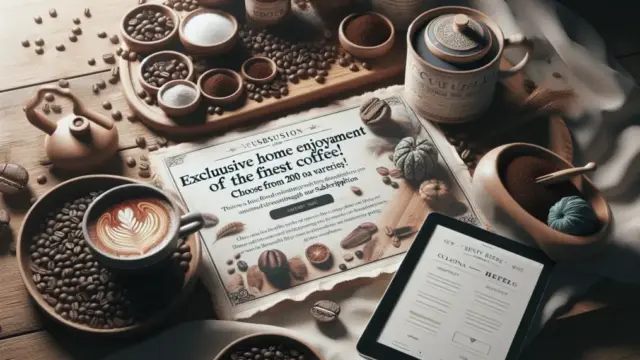


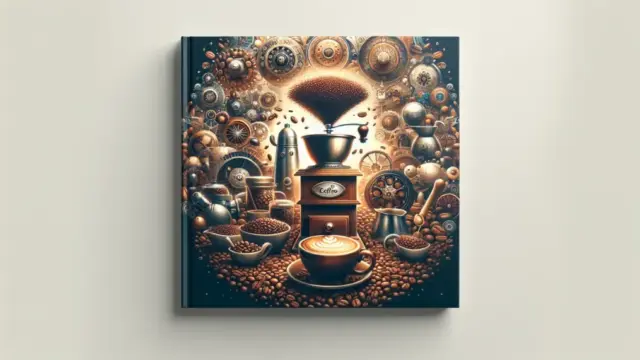
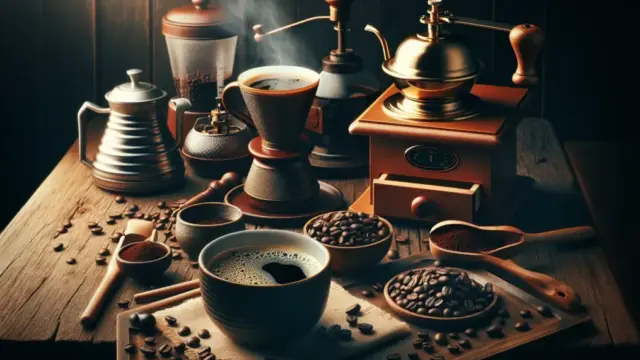


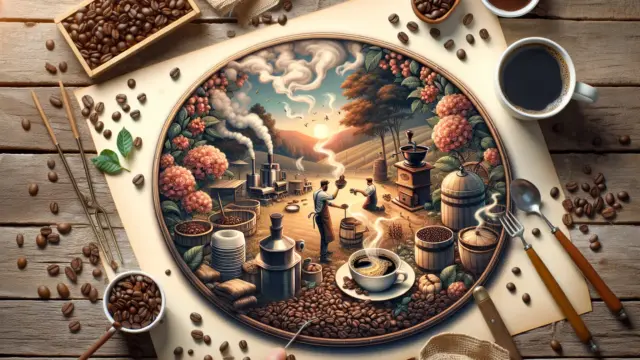



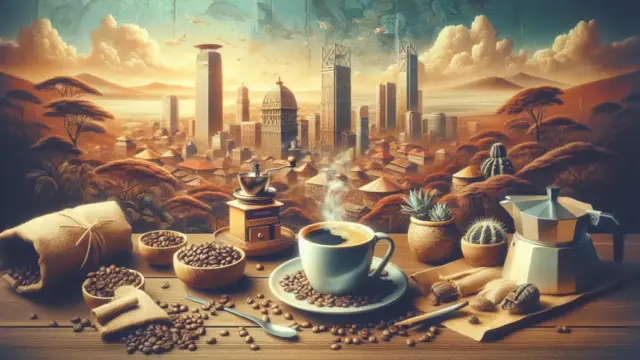




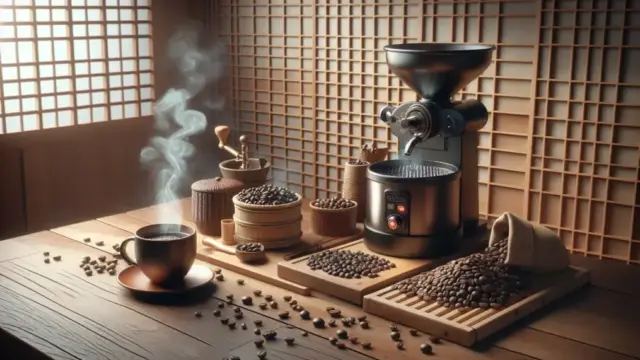




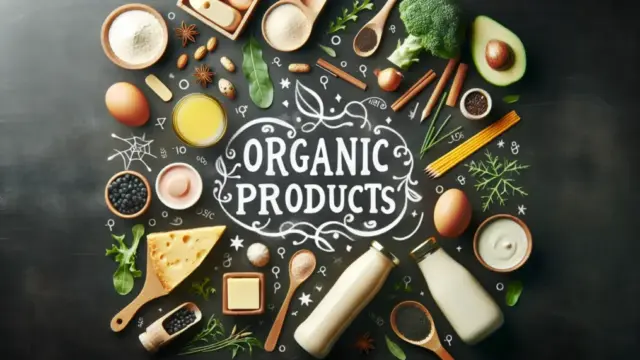

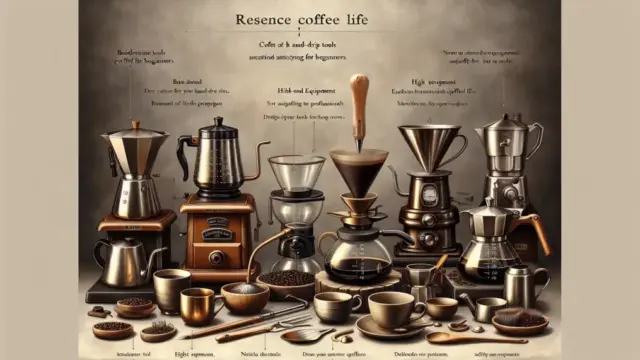


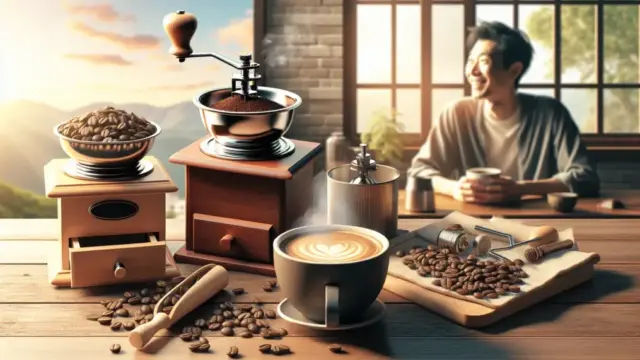






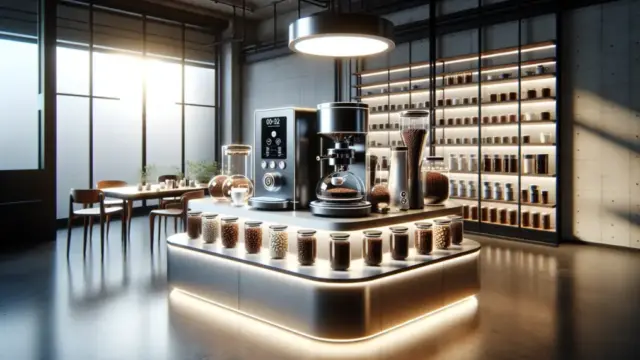







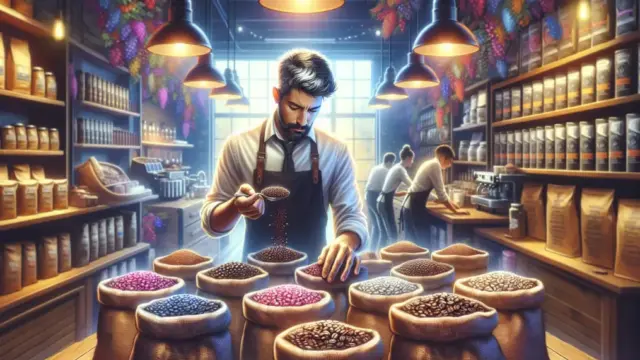


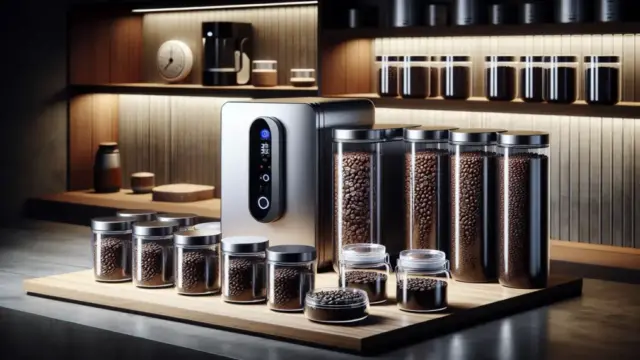



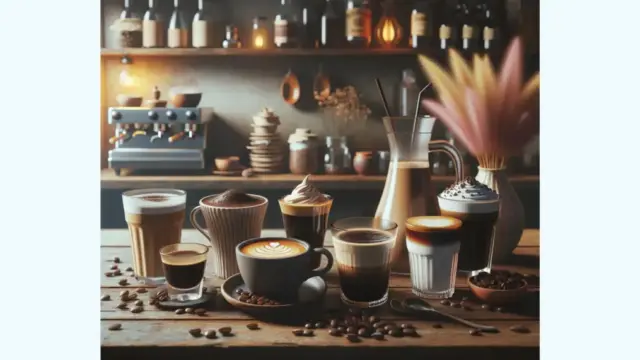
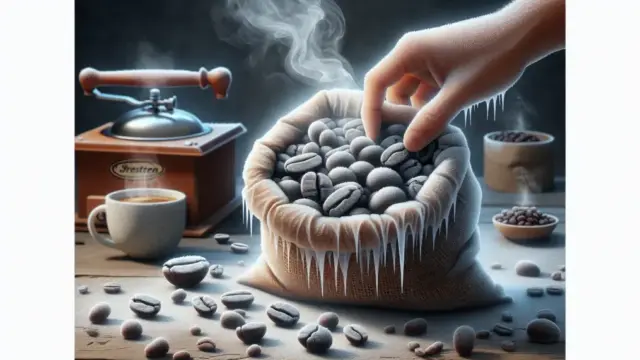
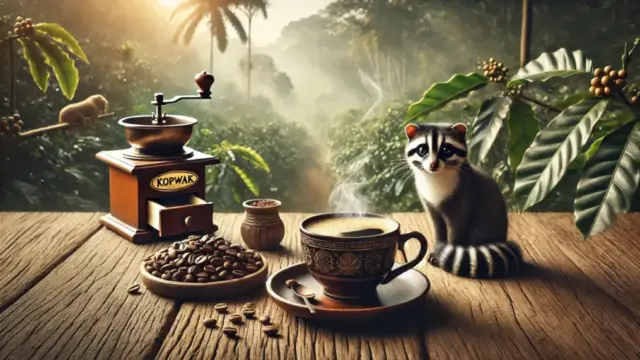




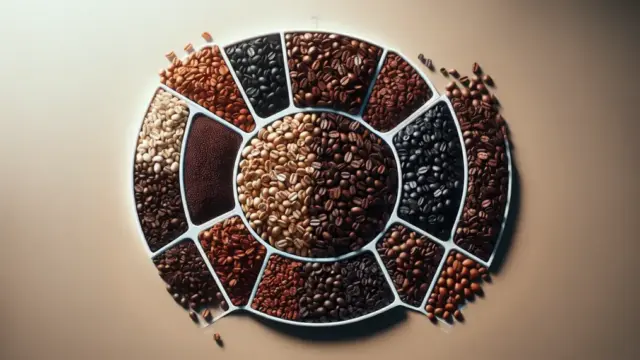






Comment